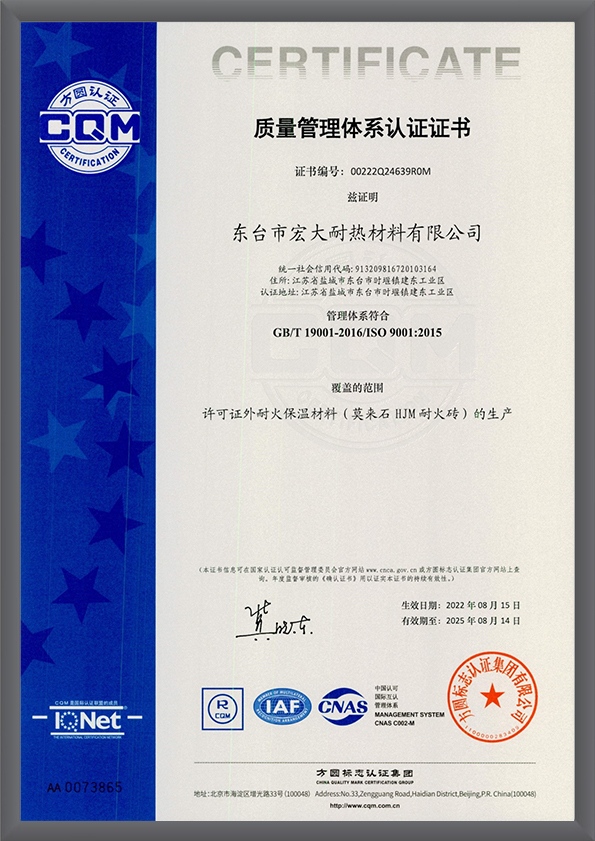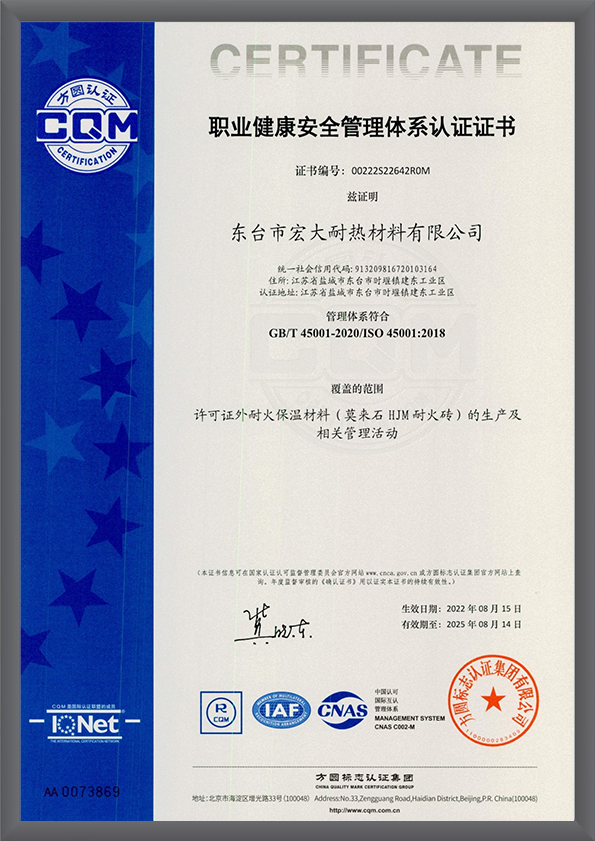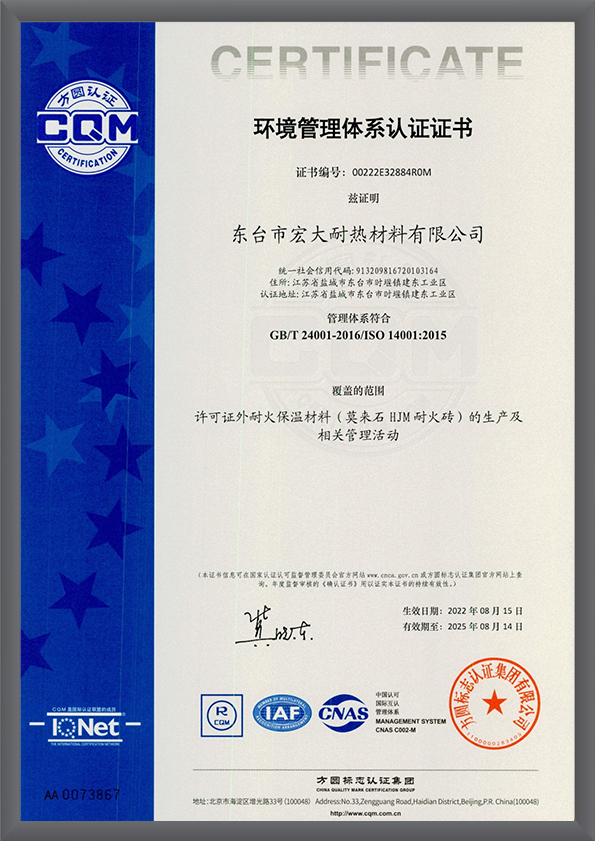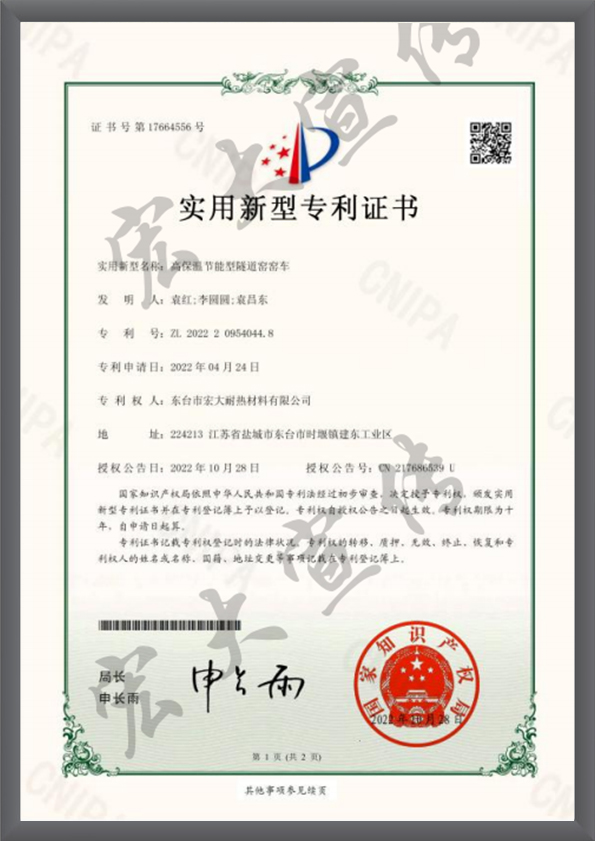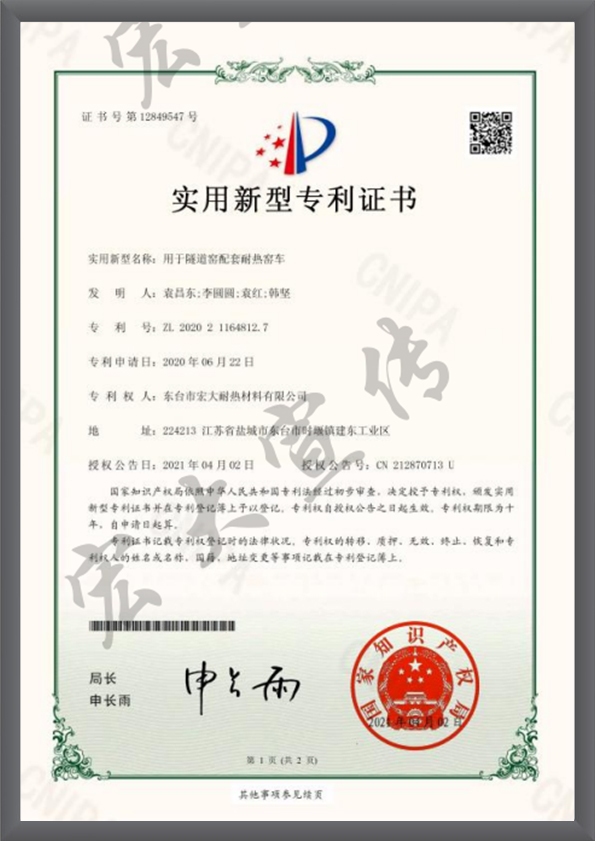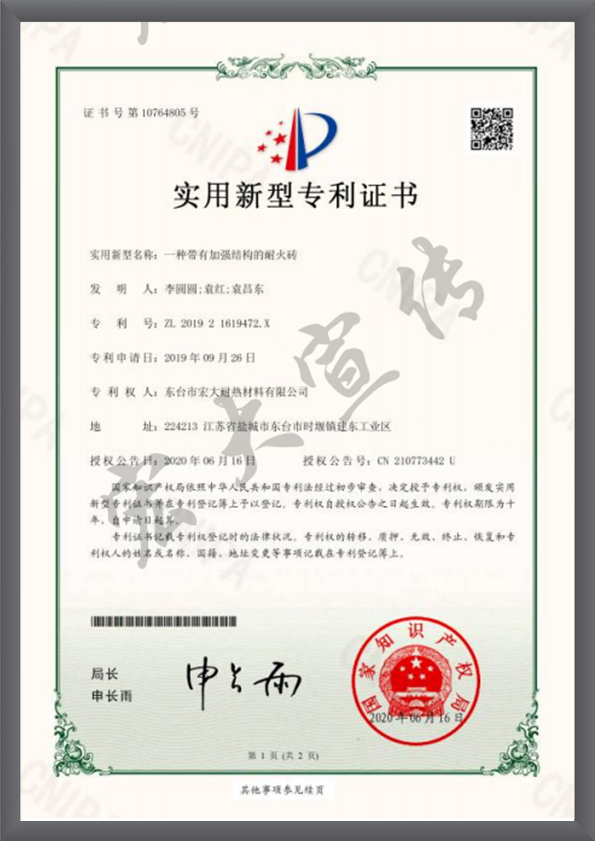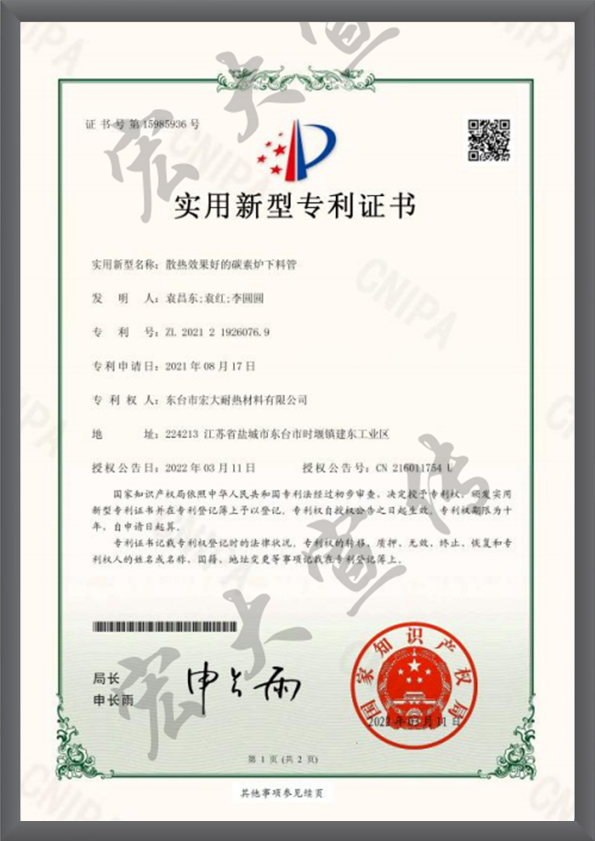Alumina Hollow Brick Manufacturing Process
Alumina Hollow Brick's manufacturing process is the basis for its superior performance and versatile applications. Through a series of precision processes, Alumina Hollow Brick is able to achieve lightweight, corrosion resistance and thermal insulation while maintaining high strength.
Selection and precise proportioning of raw materials
The manufacturing of
Alumina Hollow Brick begins with the selection of raw materials, the main component of which is alumina. Alumina, as a high-quality material that is resistant to high temperatures and corrosion, gives Alumina Hollow Brick unique properties. During the manufacturing process, not only high-purity alumina must be selected, but also other auxiliary materials must be accurately proportioned to ensure that the final brick has the required strength and lightness.
Mold forming
After the raw materials are prepared, the next step for the Alumina Hollow Brick is to form it through a mold. The design and manufacture of the mold requires precise engineering skills to ensure that the shape and size of the bricks meet the design requirements. Through molding, Alumina Hollow Brick is able to obtain its unique hollow structure during the manufacturing process, providing the basis for lightweighting.
Vacuum impregnation process
Alumina Hollow Brick’s vacuum impregnation process is one of the key steps in its manufacturing process. In this step, the bricks are placed in a vacuum environment and impregnated with special materials to improve their density and corrosion resistance. This impregnation process ensures that Alumina Hollow Brick has excellent weather resistance in practical applications, especially in humid or acidic environments, while still maintaining its stability.
High temperature sintering
High-temperature sintering is the last step in the Alumina Hollow Brick manufacturing process and an important step in ensuring its high strength. In a high-temperature environment, the bricks undergo a sintering process, causing chemical changes in the alumina particles to form a solid crystal structure. This step not only ensures the strength of the bricks, but also gives them excellent high-temperature resistance, making them suitable for a variety of building environments.
Quality control and testing
In the manufacturing process of Alumina Hollow Brick, quality control and testing are crucial. By using advanced testing equipment, key properties such as brick size, density, and corrosion resistance can be strictly monitored. Only through strict quality control can Alumina Hollow Brick ensure stability and reliability in practical applications and meet the construction industry's demand for high-performance materials.
Alumina Hollow Brick Applications in the Construction Industry
Alumina Hollow Brick, as a new building material, has attracted attention in the construction industry with its unique design and excellent performance. From residential construction to commercial and industrial construction, Alumina Hollow Brick is bringing innovation and sustainability to the construction industry.
residential building
Alumina Hollow Brick's lightweight yet high-strength properties make it an ideal choice for residential construction. Its lightweight design not only simplifies the transportation and construction process, but also reduces the load on the building structure. For residential buildings, this means easier construction, more flexible design, and improved overall energy efficiency of the building. The thermal insulation properties of Alumina Hollow Brick also help improve the comfort of living spaces and reduce energy consumption.
Commercial Building
In the field of commercial construction, Alumina Hollow Brick demonstrates its flexibility in exterior design. The mold making process allows the production of bricks in a variety of shapes and sizes, providing architects with more design possibilities. Projects such as commercial complexes, shopping malls and office buildings can use Alumina Hollow Brick to create a unique appearance to meet the dual needs of commercial space for aesthetics and practicality.
industrial building
In industrial construction, Alumina Hollow Brick's corrosion resistance is one of its unique advantages. Traditional building materials can experience challenges in industrial sites subject to harsh environments such as chemical attack, high temperatures or humidity. Alumina Hollow Brick ensures the stability of the building structure through its special manufacturing process, extends the service life of industrial buildings, and provides a reliable foundation for production operations.
Environmentally friendly building
As the pursuit of environmentally friendly and sustainable construction continues, the thermal insulation properties of Alumina Hollow Brick have become a key factor in attracting architects and developers. Its hollow structure effectively reduces heat transfer and helps the building maintain indoor temperature stability under extreme temperatures. This not only improves the energy efficiency of the building, but also reduces the energy consumption of air conditioning and heating, providing strong support for the development of green buildings.























